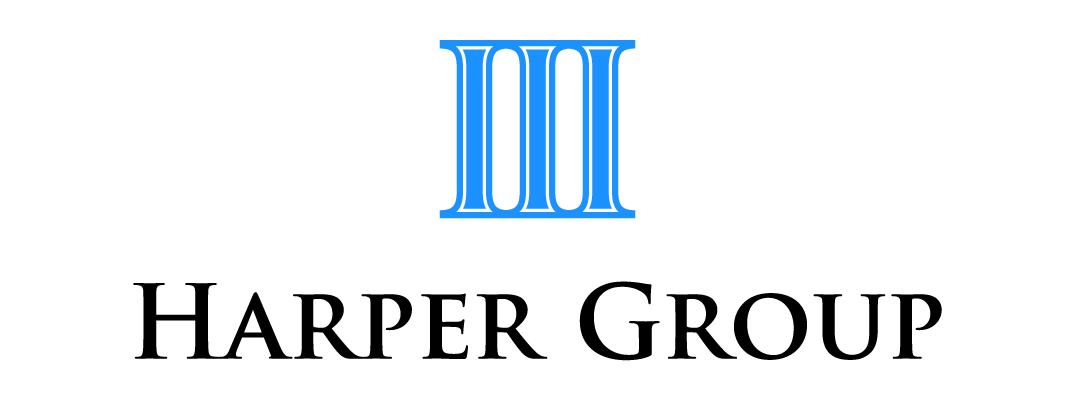Super guarantee rises to 10.5%
The increase to the superannuation guarantee (SG) rate from 1 July 2022 will see more employees (and certain contractors) entitled to additional SG contributions on their pay. But what happens when income earned before 30 June is paid after 30 June 2022 – will employees be entitled to the higher SG rate of 10.5%?
SG based on when an employee is paid
On 1 July 2022, the SG rate increased from 10% to 10.5%. In some cases, an employee’s pay period will cross over between June and July when the rate changes.
However, the percentage employers are required to apply is determined based on when the employee is paid, not when the income is earned. The rate of 10.5% will need to be applied for all salary and wages that are paid on and after 1 July 2022, even if some or all of the pay period it relates to is before 1 July 2022.
This means if the pay period ends on or before 30 June, but the pay date falls on or after 1 July, the 10.5% SG rate applies on those salary and wages. The date of the salary and wage payment determines the rate of SG payable, regardless of when the work was performed.
Example
Nicholas is an employee of ABC Pty Ltd.
If Nicholas performed work:
· In June (or partly in June and partly in July) but he was paid in July, the SG rate is 10.5% on his entire payment and contributions totaling 10.5% of his ordinary time earnings for the September 2022 quarter must be made to his superannuation fund by 28 October.
· In July but was paid in advance (before 1 July), the SG rate is 10% and contributions totaling 10% of his ordinary time earnings for the June 2022 quarter must be made to his superannuation fund by 28 July.
SG rate will continue to rise
With Labor elected, employers should prepare for ongoing, annual increases to the SG rate over the coming years. The following already-legislated increases to 12% by 2025 will proceed as follows:
|
Period |
SG rate (%) |
|
1 July 2015 – 30 June 2016 |
9.5 |
|
1 July 2016 – 30 June 2017 |
9.5 |
|
1 July 2017 – 30 June 2018 |
9.5 |
|
1 July 2018 – 30 June 2019 |
9.5 |
|
1 July 2019 – 30 June 2020 |
9.5 |
|
1 July 2020 – 30 June 2021 |
9.5 |
|
1 July 2021 – 30 June 2022 |
10 |
|
1 July 2022 – 30 June 2023 |
10.5 |
|
1 July 2023 – 30 June 2024 |
11 |
|
1 July 2024 – 30 June 2025 |
11.5 |
|
1 July 2025 onwards |
12 |
Monthly $450 minimum threshold removed
A further change to the SG rules is that from 1 July 2022, the $450 per month minimum SG income threshold has been repealed. This means that employers will be required to make quarterly SG contributions on behalf of low-income employees earning less than $450 per month (unless another SG exemption applies).
Prior to 1 July 2022, an employer was not required to pay SG contributions for an employee who earned less than $450 per month.
This change is estimated to benefit approximately 300,000 people or 3% of employees1, who are mainly young and/or lower-income and part-time workers, where around 63% are female2. These changes will help these workers to start accumulating superannuation earlier as well as help address the gap in superannuation savings between women and men.
Harper Group Pty Ltd – Chartered Accountants Frankston - Ph 9770 1547
Disclaimer: All information provided in this article is of a general nature only and is not personal financial or investment advice. Also, changes in legislation may occur frequently. We recommend that our formal advice be obtained before acting on the basis of this information.
Please note we at Harper Group Pty Ltd are not licensed to provide financial product advice under the Corporations Act 2001 (Cth) and taxation is only one of the matters that must be considered when making a decision on a financial product, including on whether to make superannuation contributions. You should consider taking advice from the holder of an Australian financial services licence before making a decision on a financial product.
